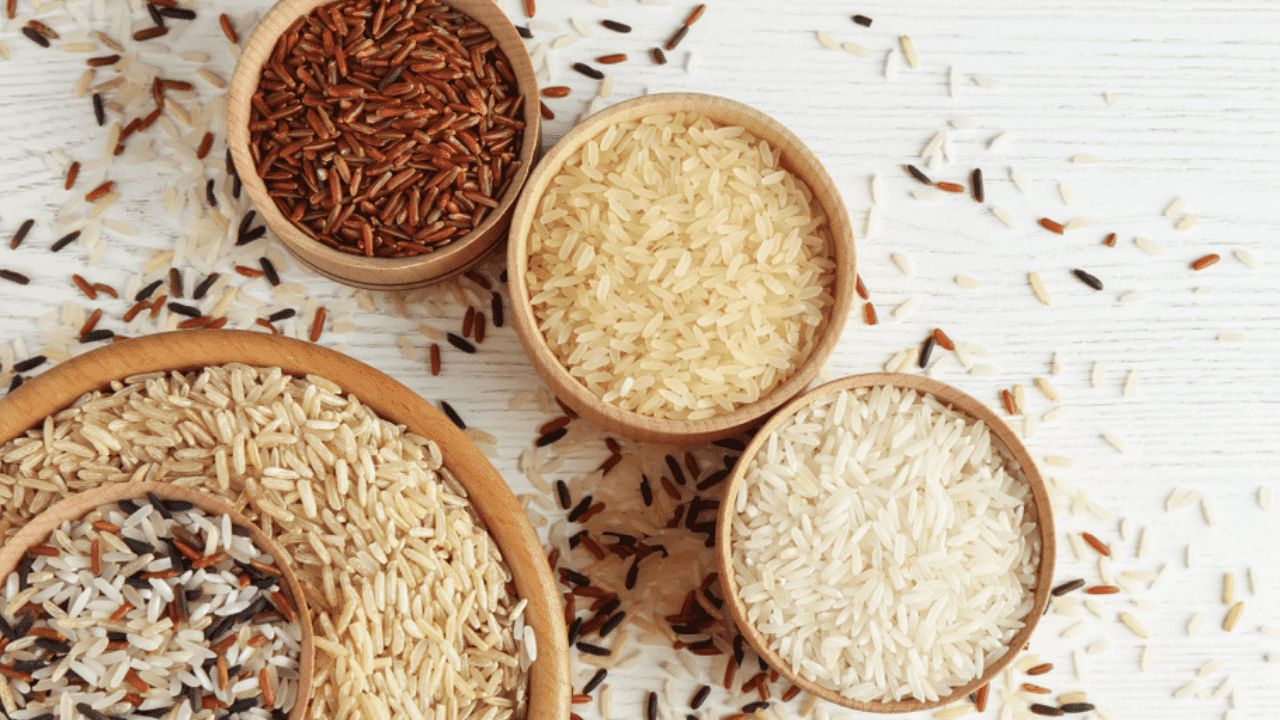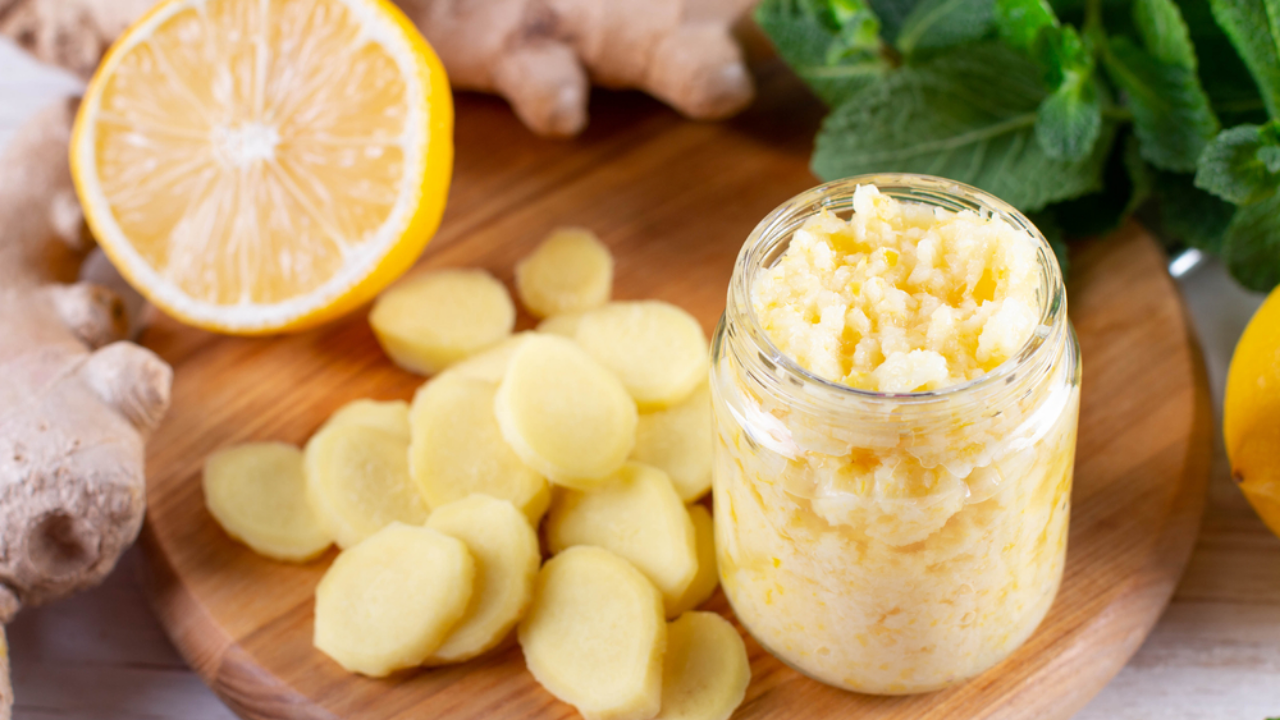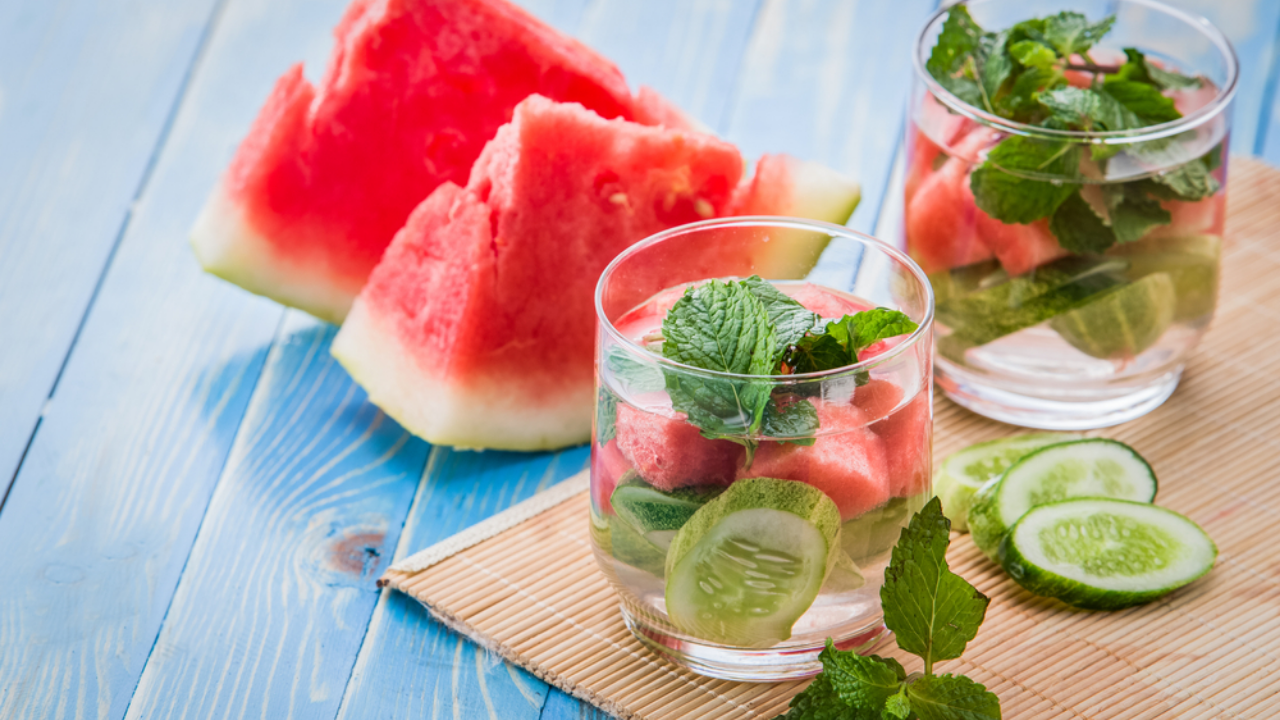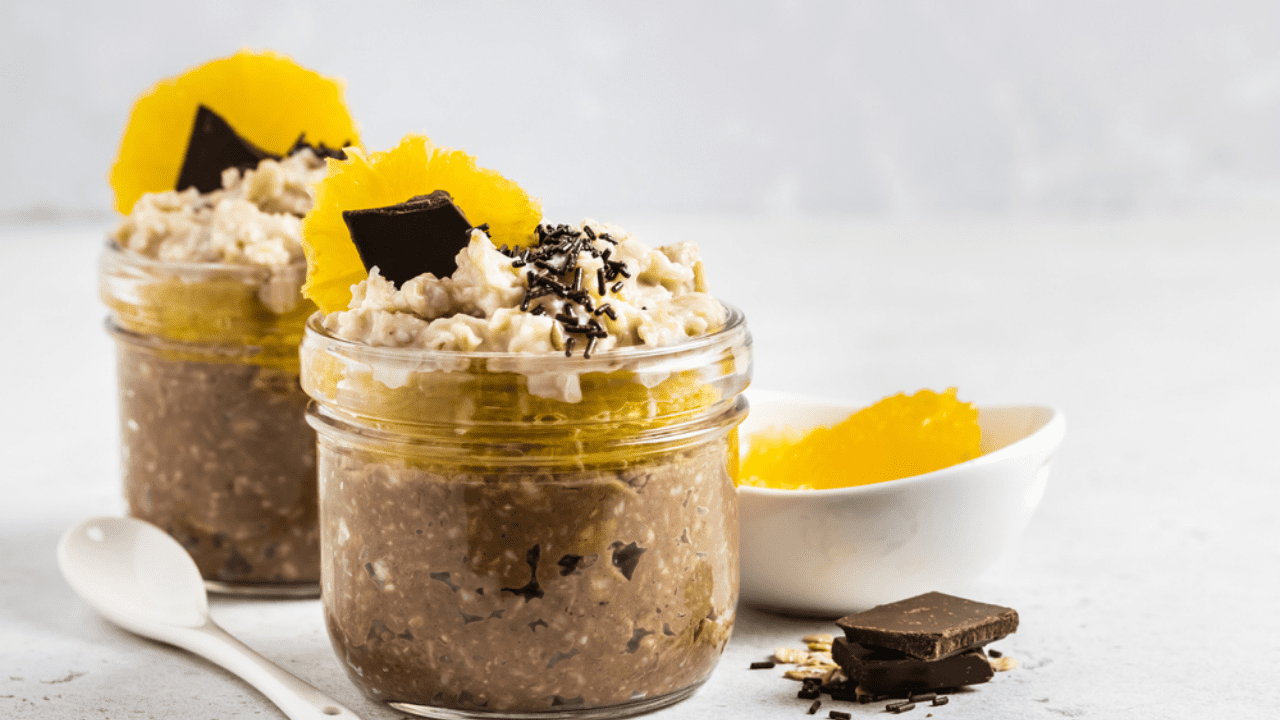
Rice is a staple food for many cultures around the world, & it comes in a wide variety of types, each with its own unique characteristics & nutritional profile. While rice is often associated with carbohydrates & weight gain, it's important to note that not all rice varieties are created equal when it comes to their impact on weight management. In this article, we will delve into the diverse world of rice & explore how various types of rice can contribute to a healthy & effective weight loss journey.
KAIKUTHAL RICE
Great Source of Energy: Kaikuthal rice is abundant in carbohydrates it acts as fuel for the body & aids in the normal functioning of the brain. Carbohydrates are essential to be metabolized by the body & turned into functional, usable energy. The vitamins, minerals, & various organic components increase the functioning & metabolic activity of all your organ systems, which further increases energy levels.
Low Fat: Kaikuthal rice is extremely beneficial for health, simply because it does not contain harmful fats, cholesterol or sodium. It can form an integral part of a balanced diet. It has low levels of fat which will help in reducing obesity & health conditions associated with being obese.
Blood Pressure Management: Being low in sodium, it is considered suitable for those suffering from high blood pressure & hypertension. Sodium can cause veins & arteries to constrict, increasing the stress & strain on the cardiovascular system as the blood pressure increases. This is also associated with heart conditions like atherosclerosis, heart attacks, & strokes, so avoiding excess sodium is always a good idea.
| Nutrients (per 100 g) | Nutritional values |
| Energy | 232 kcal |
| Protein | 4.8g |
| Carbohydrate | 50 g |
| Total dietary fiber | 5.5 g |
PARBOILED RICE
Parboiled rice is an excellent source of soluble fiber. It helps to lower the levels of ‘bad’ LDL cholesterol in the blood whilst raising the levels of ‘healthy’ HDL cholesterol. This may also help to regulate blood pressure.
Parboiled rice, with its high fiber content, offers a slower digestion time compared to white rice & other processed grains. This slow-digesting quality helps regulate blood sugar levels & provides sustained energy throughout the day.
The fiber in parboiled rice means that the digestion time of this carbohydrate is slower than processed grains, including white rice.
Due to fiber, this rice has a lower glycemic index (GI) compared to other grains which indicates a more controlled release of sugar into the bloodstream.
| Nutrients (per 100 g) | Nutritional values |
| Energy | 300 kcal |
| Protein | 6 g |
| Carbohydrate | 74 g |
| Total dietary fiber | 3 g |
| Fats | 0 g |
MAPPILLAI SAMBA RICE
Mappillai samba rice is a good source of iron & zinc. Iron contributes to the production of myoglobin & hemoglobin. Myoglobin & hemoglobin deliver oxygen to muscles & tissues & helps in sustenance of life itself. It also contains pro-anthocyanins which help to reduce cholesterol & hyperglycemia.
| Nutrients (per 100 g) | Nutritional values |
| Energy | 359 kcal |
| Protein | 7 g |
| Carbohydrate | 89 g |
| Total dietary fiber | 1 g |
| Fats | 1 g |
SEERAGA SAMBA RICE
Helps in fighting cancer
Seeraga samba rice contains selenium which plays an antioxidant role & helps to lower the risk of colon & intestinal cancer. Apart from antioxidant properties, it contains high amounts of fiber which helps to remove free radicals from the colon & intestine. It also has phytonutrients which help to fight breast cancer & strengthens the heart.
Helps in lowering cholesterol
The oil in the seeraga rice helps to replace or counter cholesterol. It is rich in fiber hence, reduces the LDL cholesterol & increases HDL in the body.
Improves Satiety
Since it is rich in fiber, it increases satiety & thus, limits the calorie intake. It also eases digestion & helps to relieve constipation.
| Nutrients (per 100 g) | Nutritional values |
| Energy | 170 kcal |
| Protein | 3 g |
| Carbohydrate | 38 g |
| Total dietary fiber | 2.3 g |
| Fats | 0 |
BASMATI RICE
The Body needs carbohydrates to maintain energy levels & basmati rice is an excellent source of energy. It is low in fiber, & easy to digest. It is considered to be a great choice for weakness, indigestion, diarrhoea, fever & infections.
| Nutrients (per 100 g) | Nutritional values |
| Energy | 300 kcal |
| Protein | 6.1 g |
| Carbohydrate | 60 g |
| Total dietary fiber | 2 g |
| Fats | 0.7 g |
RED MATTA RICE
Helps to lower the cholesterol
Matta/Red rice aids in reducing total cholesterol levels due to its active component, monacolin K. However, it should be avoided if you have liver disease, are pregnant or under 18. Possible side effects include gas, heartburn, & dizziness.
Lowers risk of obesity
Red rice is rich in fiber & helps to feel fuller for a long time. Moreover, red rice provides energy & helps in digestion. Red rice has a very low fat content. High-fat consumption boosts the chance of obesity.
| Nutrients (per 100 g) | Nutritional values |
| Energy | 405 kcal |
| Protein | 7 g |
| Carbohydrate | 87 g |
| Total dietary fiber | 3.2 g |
| Fats | 0.5 g |
BLACK RICE
Weight Management
Due to its rich fiber content, it helps you to satiate hunger & feel fuller for a long time. It also helps to prevent hunger & cravings for a few hours at least. The antioxidant ANTHOCYANIN present in black rice helps to inhibit cholesterol absorption in the body.
| Nutrients (per 100 g) | Nutritional values |
| Energy | 180 kcal |
| Protein | 5 g |
| Carbohydrate | 34 g |
| Total dietary fiber | 3.9 g |
| Fats | 1.5 g |
In a nutshell, incorporating Kaikuthal (brown rice), Matta/Red Rice, & Black Rice into your diet can offer various health benefits. Including these different types of rice in your diet can contribute to a diverse & nutritious meal plan.








